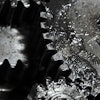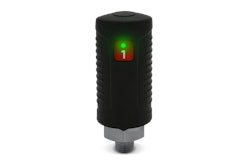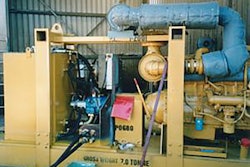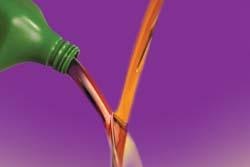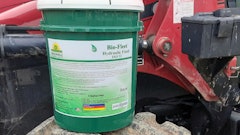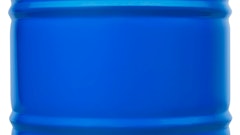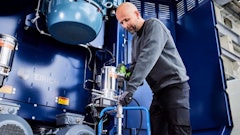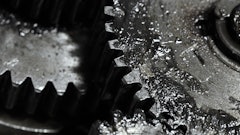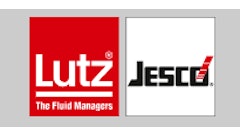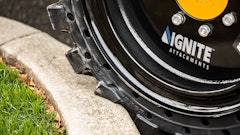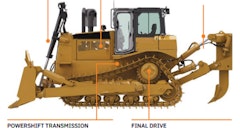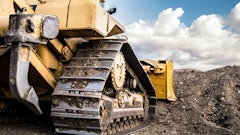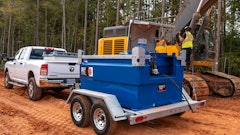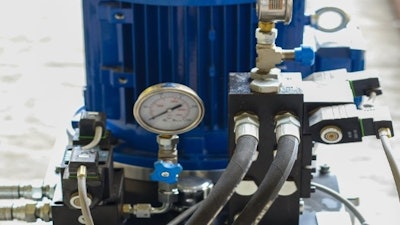
Originally published on Chevron Lube Matters blog
When we talk to our customers about the importance of oil cleanliness in improving equipment performance and extending its life, we sometimes hear this response: “If my equipment is already damaged, what is the point of putting clean oil in it?”
The answer may surprise you. In a previous post, we looked at the impact of oil cleanliness on hydraulic system pressure efficiency. Specifically, we shared test results showing that a typical hydraulic fluid that is not certified to the equipment manufacturer’s ISO cleanliness standards can have a jarring effect on system pressure and overall system performance. Using a certified clean hydraulic fluid, however, can result in smoother pressure and efficient performance.
In the course of our testing, we took apart a high-pressure Eaton vane pump to examine the relative wear caused by typical contaminated hydraulic fluids versus a Chevron Rando HD ISOCLEAN Certified hydraulic fluid. We then put back together a pump that had experienced significant wear from a typical hydraulic fluid over a period of 150 hours, and refilled it with a Chevron Rando HD ISOCLEAN Certified hydraulic fluid.
The results were fairly dramatic. With the typical hydraulic fluid, the pressure control valve had exhibited instability, as shown by a somewhat shaky pressure control curve. With the Chevron Rando HD ISOCLEAN Certified hydraulic fluid, the exact same valve exhibits a very smooth pressure control curve.
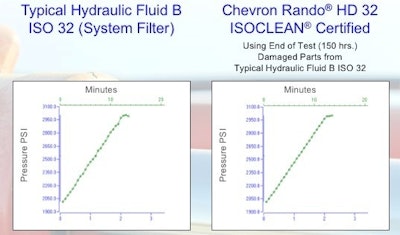 Chevron Lube Matters
Chevron Lube Matters
What this tells us is that you actually can stabilize a hydraulic system’s fluid pressure and gain operating efficiency by putting a certified clean oil into a previously damaged system. Whether you’re operating an excavator on a construction site or a plastic injecting molding machine, you’re going to get much more efficient performance, higher production and improved quality by changing out a typical hydraulic fluid for a certified clean lubricant. You might even get many more hours of useful life out of the equipment that would otherwise have been cut short by sticking with a typical contaminated hydraulic fluid.
Our advice, of course, is always to “start clean.” Our testing found a clear correlation between initial hydraulic fluid cleanliness and the amount of wear on hydraulic system components. We further concluded that fluid contamination can have a negative impact on system fluid pressure and efficiency.
Jason Gerig is currently the Americas ISOCLEAN & Services Sector Manager for Chevron Lubricants where he is implementing an industry leading business model for certified clean lubricants. He has 24 years’ experience in the lubricants and fuel industry holding various positions in operations management, marketing, and sales. Including experience in equipment management for a heavy highway construction company. His primary passion and focus has been focused on machine reliability utilizing certified clean lubricants. He holds a B.S. degree in Business Marketing from the University of Wyoming and has been recognized by the Society of Tribologists and Lubricant Engineers as a Certified Lubricant Specialist and Oil Monitoring Analyst.


